Do Not Resuscitate /
Urban Exploration Photography
D.N.R

Structure
Early records indicate that the land of Woolton Hall had been occupied since 1180 when the area of Much Woolton (now called Woolton) can under the lordship of the holy Catholic order of the Knights Hospitaller who held the land for almost 360 years until the English Reformation. In the 16th century Henry VIII's Dissolution of the Monasteries suppressed the Knights Hospitaller leading the land being confiscated and then further restored by Mary I.
The land was permanently confiscated from the order in 1559 under Elizabeth I and was kept by the crown until 1609. Eventually the land came under ownership of the Brettarghs of Holt who was reputed to have acquired it from a ancient family named de Woolton.
On the death of William Brettargh in 1609 the land was described as a cottage. Sometime between 1700 and 1704 the house and surrounding estate was sold to politician Richard Molyneux, 1st Viscount Molyneux, who built the northern block of the hall.
In 1722 Woolton Hall was acquired by Nicholas Ashton ESQ, High Sheriff of Lancashire, whose father was one of the original undertakers and the principal financier of the Sankey Canal, the first canal of the British industrial revolution. Shortly afterwards Ashton commissioned the noted architect Robert Adam to remodel and expand the building extensively.
Nicholas Ashton died in 1833 leaving the house to his son Joseph Ashton who in turn left it to his son Charles Ellis Ashton. Charles Ellis later sold the house in 1865 to James Reddecliffe Jeffery who was the owner of Liverpool's largest department store Compton House, located on Church Street.
A fire at the store on 1 December 1865 destroyed much of Jeffery's uninsured stock eventually leading to the business failing. Jeffery put the house up for action in 1869 but failed to find a buyer until 1877 when Liverpool shipowner Frederick Richards Leyland purchased the house for £19,000 moving with his family from nearby Speke Hall. Leyland who was somewhat of an art enthusiast decorated the house with paintings of varying styles including Edward Burne-Jones's Night and Day and Ford Madox Brown's The Entombment.Leyland later sold the building to the McGuffies a family of shipowners who demolished the west wing and converted it into a Hydropathic Hotel. After living there for some 30 years the hotel closed in 1912.
After a short spell as the headquters of the Middlesex Regiment and as an army hospital in the 1950s the building was converted into a fee-paying girls' school under the management of the Convent of Notre Dame. In 1970 the small school merged with Notre Dame High School located on Mount Pleasant to form Notre Dame Woolton (now St Julie's Catholic High School). As the school expanded new modern buildings were built nearby leading to Woolton Hall to be abandoned.
Soon the building fell into disrepair, eventually being marked for demolition in the 1980s.
The building was saved after local resident John Hibbert purchased the Hall and spent £100,000 in refurbishments, soon after Woolton Hall become a Grade I listed building on 28 June 1982. In 2005, there were plans to convert the estate and house into retirement care flats.
A fun explore on the northern tour !
( please note - Permission visit - John lives next door... )
Big-up's To Wiki for the info !
Woolton Hall.
(a.k.a Wacky Tacky / Katys House).
Information

The top secret codenamed
manor house....